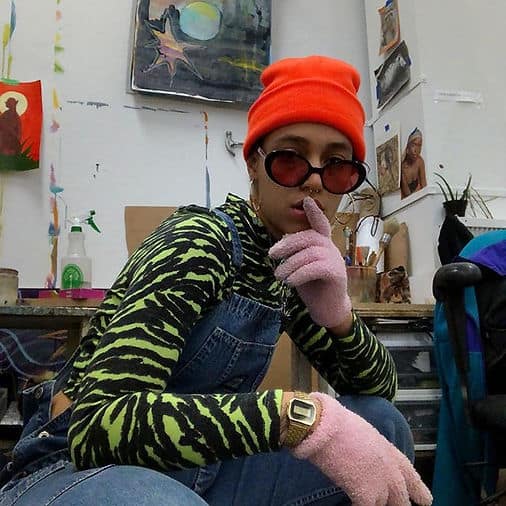- About
- Research
-
-
- Special Reports & Features
- Twenty-Five Years of Gladue: Indigenous ‘Over-Incarceration’ & the Failure of the Criminal Justice System on the Grand River
- Calls to Action Accountability: A 2023 Status Update on Reconciliation
- Data Colonialism in Canada’s Chemical Valley
- Bad Forecast: The Illusion of Indigenous Inclusion and Representation in Climate Adaptation Plans in Canada
- Indigenous Food Sovereignty in Ontario: A Study of Exclusion at the Ministry of Agriculture, Food & Rural Affairs
- Indigenous Land-Based Education in Theory & Practice
- Between Membership & Belonging: Life Under Section 10 of the Indian Act
- Redwashing Extraction: Indigenous Relations at Canada’s Big Five Banks
- Treaty Interpretation in the Age of Restoule
- A Culture of Exploitation: “Reconciliation” and the Institutions of Canadian Art
- Bill C-92: An Act respecting First Nations, Inuit, and Métis Children, Youth and Families
- COVID-19, the Numbered Treaties & the Politics of Life
- The Rise of the First Nations Land Management Regime: A Critical Analysis
- The UN Declaration on the Rights of Indigenous Peoples in Canada: Lessons from B.C.
- View all reports.
- Special Reports & Features
-
-
- Yellowhead School
- LIBRARY
- Contact
- Submissions
- Donate
SPECIAL REPORT
A Culture of Exploitation: "Reconciliation" and the Institutions of Canadian Art

The relationship between Canadian cultural institutions (art galleries, museums, funding agencies, collections, etc.) and Indigenous peoples has always been a contentious one.
The theft of Indigenous bodies and objects by these institutions is an ongoing feature of colonialism in Canada and even as Indigenous art broke into mainstream Canadian consciousness, the relationship was beset by tokenism and inequality. It was only during a period of activism that culminated in 2017, did these institutions begin to express a commitment to reconciliation. And initially, the results of the “reconciliation year” were positive with increased representation and support. However, since then and in the midst of a pandemic, those commitments have begun to evaporate.
This Special Report by Jas Morgan (prev. Lindsay Nixon), considers themes in the historic relationship between Indigenous people in the Institutions of Canadian art and culture to contextual a series of interviews conducted with cultural workers during the COVID-19 pandemic, and which reveal a renewed exploitation of their labour and their works. Finally, the Report offers 15 Standards of Achievement that can serve as a guide for institutions and governments to begin reversing this exploitation and renewing the relationship.
This report was produced with support from the Inspirit Foundation.
KEY QUESTIONS
What are the tools that communities of makers can deploy to hold each other, and their powerful partners accountable? How can the tokenization, marginalization, exploitation, and latent conflict and trauma within these institutions be addressed?
RELATED RESOURCES
Moving into the future of art industries, institutions will need to keep an eye on ensuring that executive hires aren’t just another facet of representation and identity politics, and support for Indigenous sovereignty and liberation will be meaningfully integrated throughout Canada’s arts and culture institutions.
- Jas Morgan
AUTHOR

Jas Morgan
Métis-Cree-Saulteaux
ARTIST

Kaya Joan
Afro-Indigenous Commissioned Artwork: waiting, transforming to rest, 2020 and shaping change urgently, 2020


